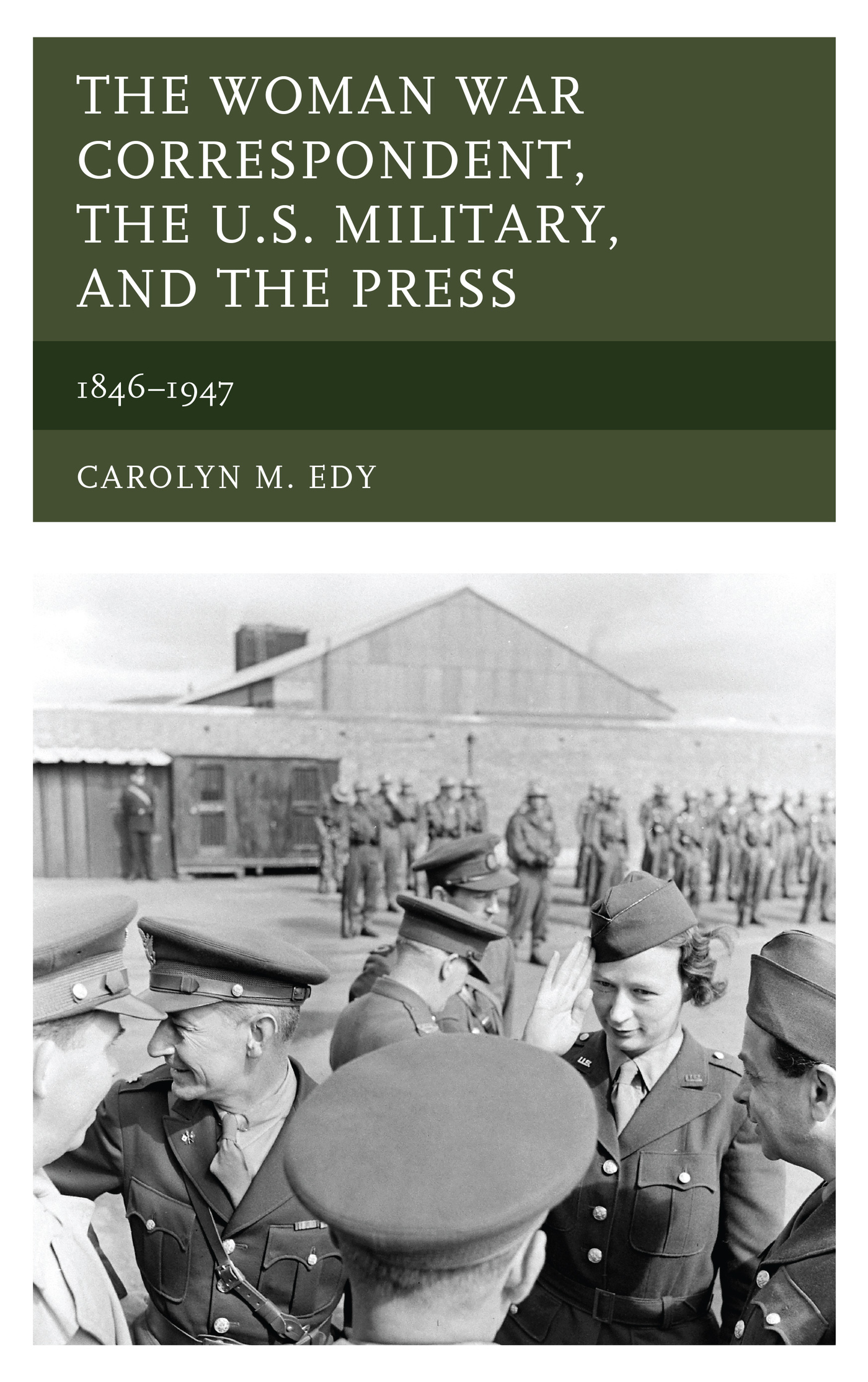The Woman War Correspondent,
the U.S. Military, and the Press
The Woman War Correspondent,
the U.S. Military, and the Press
18461947
Carolyn M. Edy
LEXINGTON BOOKS
Lanham Boulder New York London
Published by Lexington Books
An imprint of The Rowman & Littlefield Publishing Group, Inc.
4501 Forbes Boulevard, Suite 200, Lanham, Maryland 20706
www.rowman.com
Unit A, Whitacre Mews, 26-34 Stannary Street, London SE11 4AB
Copyright 2017 by Lexington Books
All rights reserved. No part of this book may be reproduced in any form or by any electronic or mechanical means, including information storage and retrieval systems, without written permission from the publisher, except by a reviewer who may quote passages in a review.
British Library Cataloguing in Publication Information Available
Library of Congress Cataloging-in-Publication Data
Names: Edy, Carolyn M., author.
Title: The woman war correspondent, the U.S military, and the press, 1846-1947 / Carolyn M. Edy.
Description: Lanham, MD : Lexington Books, [2017] | Includes bibliographical references and index.
Identifiers: LCCN 2016044773 (print) | LCCN 2016047202 (ebook) | ISBN 9781498539272 (cloth : alk. paper) | ISBN 9781498539289 (Electronic)
Subjects: LCSH: War correspondents--United States--History. | Women war correspondents--United States--History. | War correspondents--United States--Biography. | Women war correspondents--United States--Biography. | World War, 1939-1945--Women. | World War, 1939-1945--Journalists. | World War, 1914-1918--Women. | World War, 1914-1918--Journalists. | Women and war.
Classification: LCC D799.U6 E39 2017 (print) | LCC D799.U6 (ebook) | DDC 070.4/4994053092520973--dc23
LC record available at https://lccn.loc.gov/2016044773
 TM The paper used in this publication meets the minimum requirements of American National Standard for Information Sciences Permanence of Paper for Printed Library Materials, ANSI/NISO Z39.48-1992.
TM The paper used in this publication meets the minimum requirements of American National Standard for Information Sciences Permanence of Paper for Printed Library Materials, ANSI/NISO Z39.48-1992.
Printed in the United States of America
For Lucy
List of Figures
Figure 2.1 | Teresa Dean; William Cody with war correspondents. |
Figure 2.2 | Susette Bright Eyes LaFlesche Tibbles. |
Figure 2.3 | Clara Colby. |
Figure 2.4 | Elsie Reasoner. |
Figure 3.1 | Cecil Dorrian. |
Figure 3.2 | Mildred Farwell. |
Figure 3.3 | Peggy Hull. |
Figure 4.1 | Margaret Bourke-White. |
Figure 4.2 | Helen Kirkpatrick and Mary Welsh. |
Figure 5.1 | Inez Robb. |
Figure 5.2 | Ruth Cowan. |
Figure 6.1 | Women war correspondents in England. |
Figure 7.1 | Helen Kirkpatrick, Lee Carson, and other war correspondents. |
Figure 8.1 | Lee Carson. |
Figure 9.1 | Iris Carpenter. |
Figure 9.2 | Elizabeth Murphy Phillips. |
Preface and Acknowledgments
One thing I have come to value in researching this book is that what you cant find is often as important as what you find. The holes in a story may tell a story all their own, or they may just guide you to the real story. At the same time, just like that essential item that is only lost until you give up on ever finding itwhen it will suddenly appearjust because you dont find something does not mean it cant be found. The search for answers (if not materials) is what drives any historical study, along with the knowledge that these answers are never within any one persons reach, nor the product of any one persons search.
The idea for this book began nearly a decade ago in an archive after I was looking for something I never found but instead discovered something else, entirely unrelated. I came across a brief note that a woman named Inez Robb had written to chastise columnist Robert Ruark for using one of her anecdotes as his own. I had never heard of Robb, and neither had anyone else I asked. And yet a search in ProQuest historical databases seemed to reveal that Robb had gained military accreditation in 1942 as the first woman war correspondent. Additional searches led me to claims of so many other first women war correspondents. I began to read books about war correspondents, and the more I learned, the more questions I had. This book answers some of those questions, as well as others that emerged along the way, but I would also encourage readers to find and read the three first books on women war correspondents, by three women who blazed this trail for me: Nancy Caldwell Sorel, Lilya Wagner, and Julia Edwards.
I am thankful to the many people who gave me advice, helped me find materials, or offered me encouragement and support, but I am equally thankful to others whose contributions lay in helping me set boundaries, eliminate false leads, and rule things out. One who fits in the former category, even while making me appreciate those in the latter category all the more, is Jan Boles, archivist of the Robert E. Smylie Archives at The College of Idaho. The fact that an unprocessed collection of Inez Robbs papers existed, along with the fact that I could just as easily have overlooked them entirely without Boles help, was a great gift. But it also was the kind of windfall that is troublingjust how many troves of unprocessed materials are out there, and can you ever stop looking? Another archivist to whom I would like to extend special thanks is Francesca Pitaro, who helped me navigate the Associated Press Corporate Archives even when my requests were broader than necessary and included materials that I have had to set aside for future projects.
I would also like to thank the archives and individuals who shared photographs and materials with me for use in this book, including Alison Perry, Patricia Perry, and Brian Scruby; Benjamin Phillips IV and the Phillips Family Archive; Charles Deering McCormick Library of Special Collections, Northwestern University Library; Denver Public Library; Douglas County Historical Society; Kenneth Spencer Research Library, University of Kansas Libraries; Library of Virginia; Sophia Smith Collection, Smith College; Robert E. Smylie Archives, The College of Idaho; San Diego Air & Space Museum; Arthur and Elizabeth Schlesinger Library on the History of Women in America, Harvard University; the National Archives at College Park; and the Associated Press Corporate Archives.
I am grateful to everyone who helped me at each stage of this project, including my friends and colleagues at Appalachian State University, as well as the many faculty members and classmates at the University of North CarolinaChapel Hill who helped me in classes, reading groups, and throughout my dissertation.
I am also thankful to have had many thoughtful and generous readers along the way, including Maurine Beasley, W. Fitzhugh Brundage, Jacquelyn Dowd Hall, Frank Fee Jr., Jean Folkerts, Charlie Frieberg, Barbara Friedman, Kathleen Kearns, Nancy Oates, Michael Sweeney, and Betty Winfield. I would also like to thank Sarah Arneson for her help formatting images.
My research benefitted from the generous support of the Triad Foundation, the College of Fine and Applied Arts at Appalachian State University, a Schlesinger Library grant, a Mary Gardner Research Award, a Minnie S. and Eli A. Rubinstein Research Award, and the Joseph L. Morrison Award for Excellence in Journalism History.
Next page
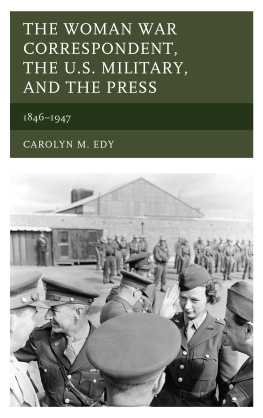

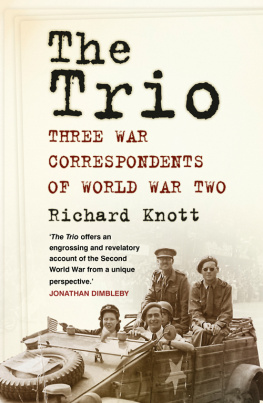
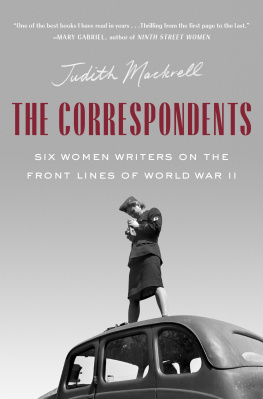
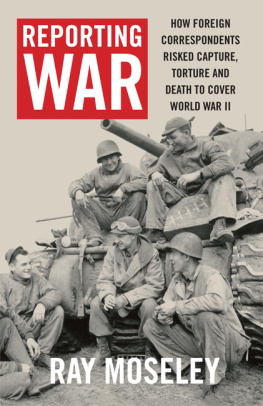

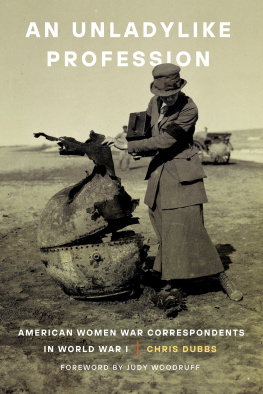
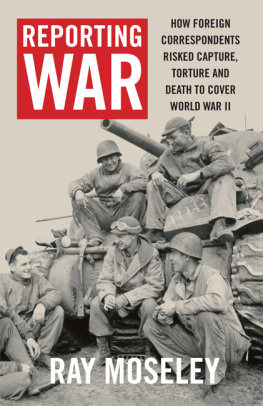
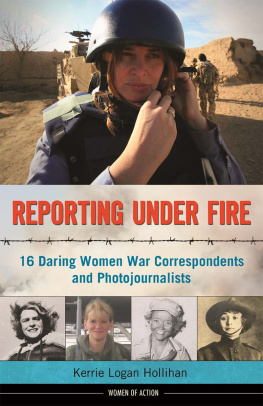
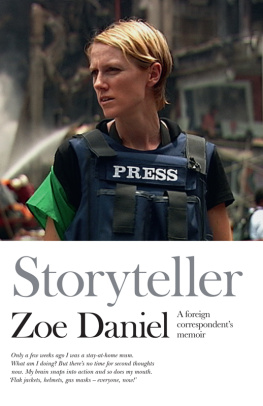

 TM The paper used in this publication meets the minimum requirements of American National Standard for Information Sciences Permanence of Paper for Printed Library Materials, ANSI/NISO Z39.48-1992.
TM The paper used in this publication meets the minimum requirements of American National Standard for Information Sciences Permanence of Paper for Printed Library Materials, ANSI/NISO Z39.48-1992.